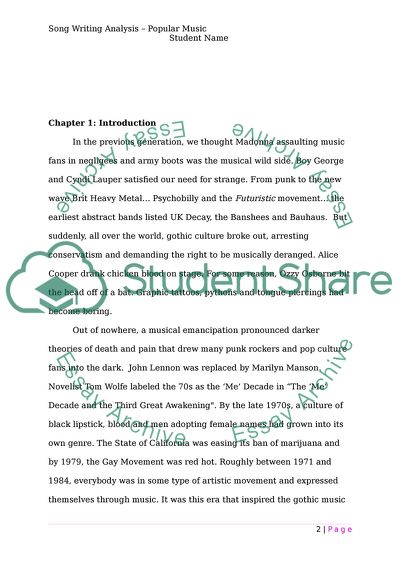Cite this document
(Song Writing Analysis - Popular Music Analysis of Radiohead - No Coursework, n.d.)
Song Writing Analysis - Popular Music Analysis of Radiohead - No Coursework. https://studentshare.org/music/1801613-songwriting-analysis-popular-music-analyse-of-radiohead-no-surprises
Song Writing Analysis - Popular Music Analysis of Radiohead - No Coursework. https://studentshare.org/music/1801613-songwriting-analysis-popular-music-analyse-of-radiohead-no-surprises
(Song Writing Analysis - Popular Music Analysis of Radiohead - No Coursework)
Song Writing Analysis - Popular Music Analysis of Radiohead - No Coursework. https://studentshare.org/music/1801613-songwriting-analysis-popular-music-analyse-of-radiohead-no-surprises.
Song Writing Analysis - Popular Music Analysis of Radiohead - No Coursework. https://studentshare.org/music/1801613-songwriting-analysis-popular-music-analyse-of-radiohead-no-surprises.
“Song Writing Analysis - Popular Music Analysis of Radiohead - No Coursework”. https://studentshare.org/music/1801613-songwriting-analysis-popular-music-analyse-of-radiohead-no-surprises.


